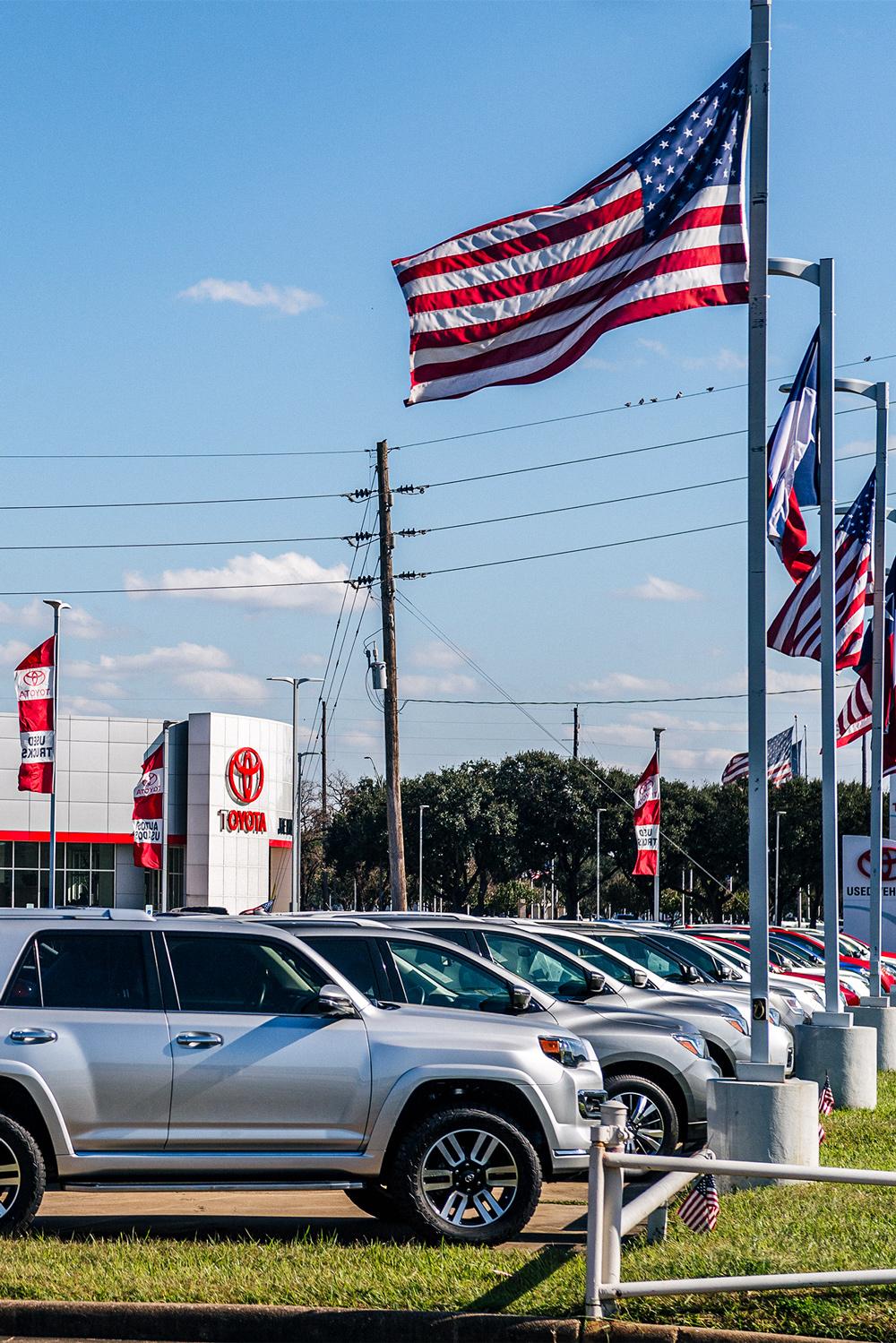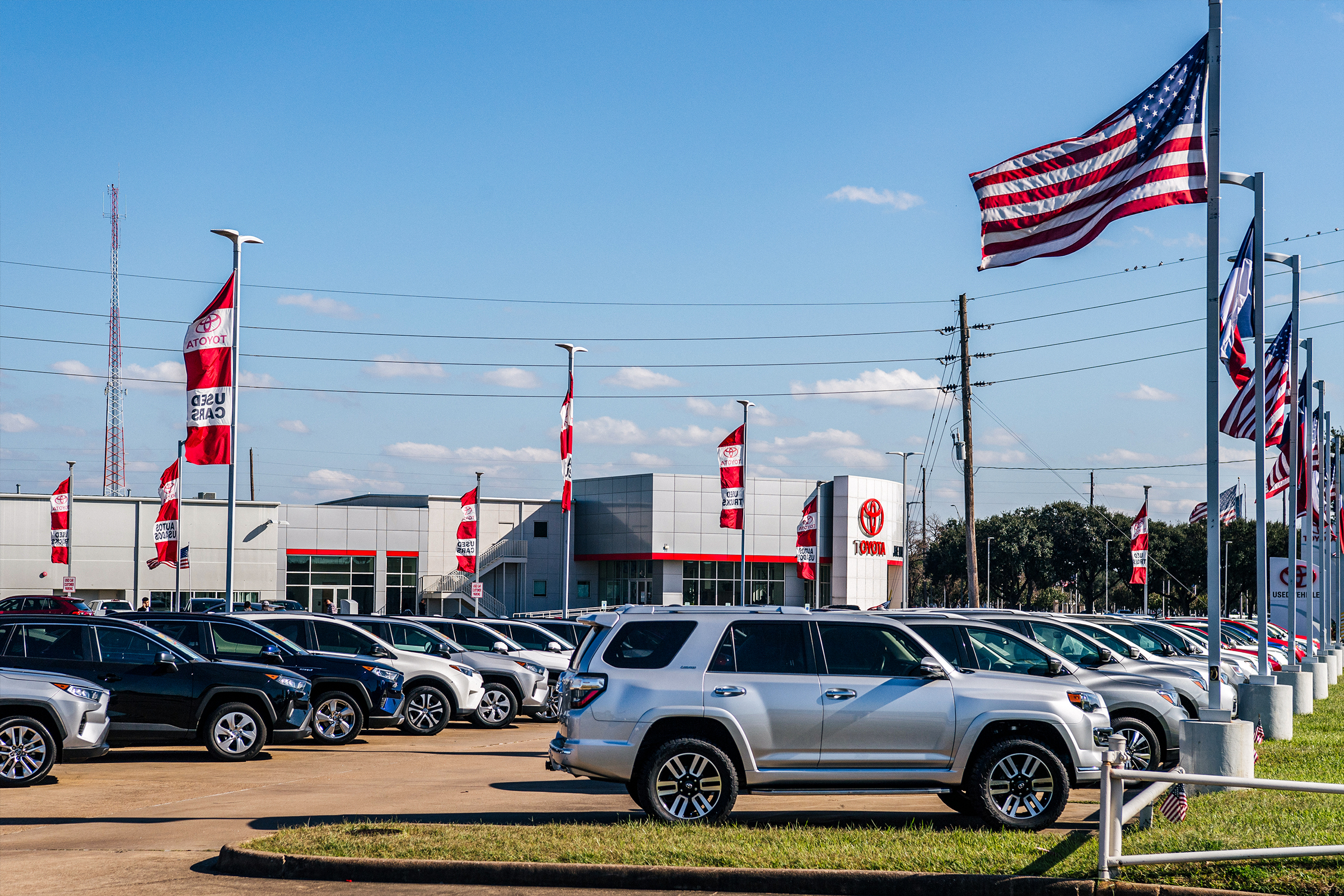For most Americans, affording a car is far more difficult now than it was before the COVID-19 pandemic, and it’s not getting much easier.
The U.S. automotive market is returning to normalcy after years of supply chain issues, depressed demand for new cars, and low vehicle inventories.











